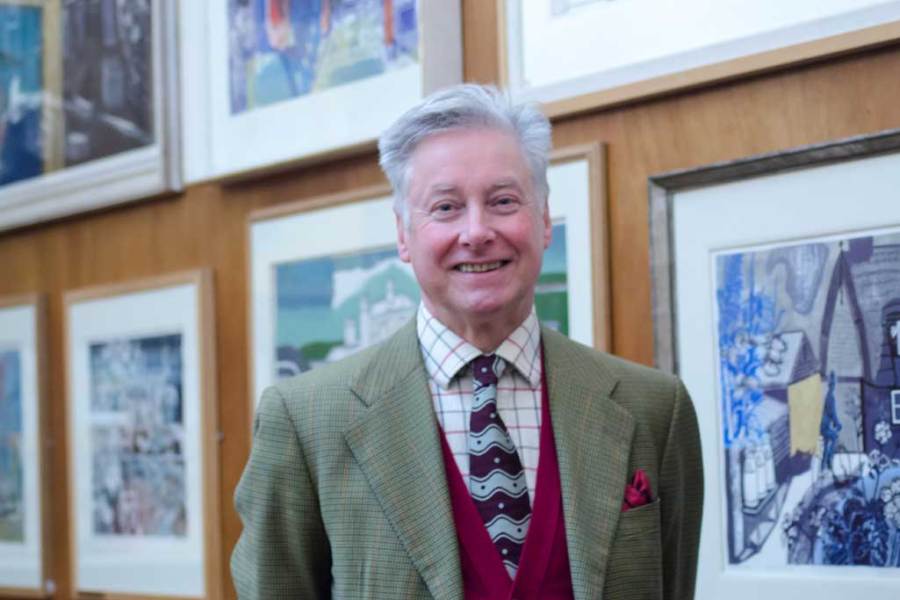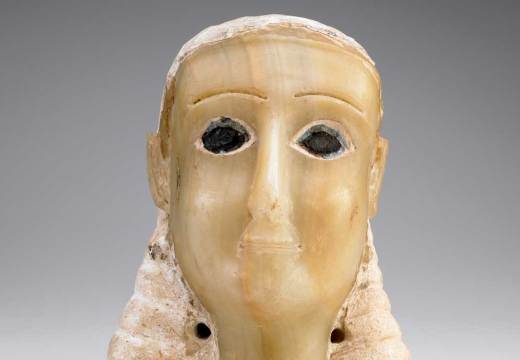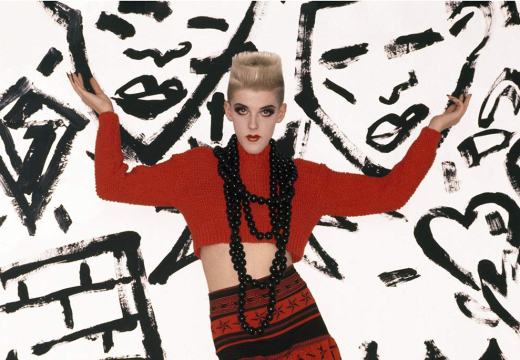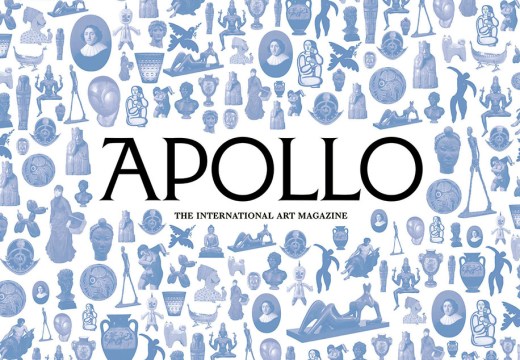Smaller museums and galleries often get overlooked in the national and international press. In a new series, Apollo asks museum directors and curators what makes their small wonders so unique. David Oelman is the chairman of the Fry Art Gallery in Saffron Walden.
Can you tell us a bit about the museum’s history?
The gallery was built in 1856 as a private gallery to house the collection of a local Quaker businessman, but was taken over by The Fry Art Gallery Society in 1987 to tell the story of the Great Bardfield artists who lived in and around the village of Great Bardfield and Saffron Walden during the 20th century and into the 21st. Its re-creation in 1987 ensured that links with living artists from the group were forged while they still could be; this was vital to the way the gallery evolved and is something that would be impossible today.
What makes this museum unique?
The gallery is a well-known ‘secret’. The collection is specific to a small group of artists who have made a national impact with their work, which allows the exhibitions to be very focused. The gallery isn’t big – only four rooms in total – but the main two and the entrance hall feel like they belong in a stately home; a bit of marble here, a bit of gilding there, Victorian decoration and high ceilings. It has grand proportions on a small scale, so to speak. The gallery stands alone, tucked down a leafy walled pathway, the rather unspectacular exterior hiding many treasures within.
How does it relate to the local area?
The collection, known as the North West Essex Collection, consists mainly of the artists who studied at the Royal College of Art – including Bawden and Ravilious – but found a retreat in the heart of Essex bringing their friends, colleagues and admirers with them. These artists contribute to a superb collection of modern British art. Others like Michael Rothenstein, Kenneth Rowntree and George Chapman came to the area after the Second World War, followed by Keith Vaughan, Bernard Cheese, Michael Ayrton, John Bellany and Grayson Perry. Grayson Perry said, ‘The Fry Gallery is a concentrated burst of loveliness, a shrine to the art of my home county.’
How did you come to work here?
We have no staff; everyone is a volunteer running an accredited museum to professional standards. It is a challenge – and this adds to the Fry’s uniqueness – but we have fun doing it. I volunteered in the early days and gradually became more involved with the gallery. There is so much passion for the gallery among the committee members that nothing seems impossible!
What are the greatest challenges of running a small museum?
People travel from all over the country to visit the gallery but we still need to increase local visitor numbers. The biggest challenge is arranging events that will attract new visitors. We are a registered charity, and running the museum to such a high standard through the goodwill of the volunteer workforce is no mean feat, but we achieve great things despite this!
What is your personal highlight from the collection?
Liverpool Street Station, a linocut by Edward Bawden from 1961. Like everyone who travels to London from Saffron Walden, Edward Bawden was very familiar with this London terminus. The strong architectural sense of this large work is evident in his treatment of the ironwork patterns in the station, although here the darkness of the structure conveys the coating of soot in the station from the steam trains. This huge work shows Bawden’s strong sense of design and his mastery of the linocut.
How well you do you feel you know the collection? Does it continue to surprise you?
Although I know the larger works in the collection I am constantly surprised and delighted by the attention to detail in the printed matter, especially the skill of Eric Ravilious’ wood engravings.
How has the museum developed during your tenure?
In the management of the gallery we now have a flatter structure of teams, which has meant more people putting more time and effort into the life of the collection. Each year brings more acquisitions of high quality and interest, the special exhibitions increase national awareness of the artists in our collection and we now loan work to more institutions.
And what does the future hold for the Fry Art Gallery?
Each new year brings exciting and significant new paintings, watercolours, books and other objects, which are shown in the permanent collection display. Alongside this is a series of short-term exhibitions celebrating the artists and the collection, often enhanced by work from private collectors and national institutions. We would like to involve more young people through our outreach programme, and our long-term vision is to increase the gallery space, allowing us to display more of the collection and tell more of the Bardfield story and the impact of this group of artists.
David Oelman is the chairman of the Fry Art Gallery in Saffron Walden.
Unlimited access from just $16 every 3 months
Subscribe to get unlimited and exclusive access to the top art stories, interviews and exhibition reviews.














![Masterpiece [Re]discovery 2022. Photo: Ben Fisher Photography, courtesy of Masterpiece London](http://www.apollo-magazine.com/wp-content/uploads/2022/07/MPL2022_4263.jpg)
It’s time for the government of London to return to its rightful home